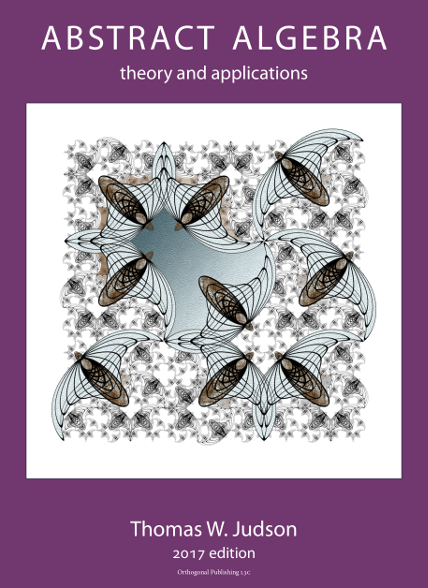Chapter3Finite Groups; Subgroups
¶As we saw in the previous chapter, one of the most complete (though unsophisticated) ways to understand a group is to study its Cayley table that, for a group of \(n\) elements, contains \(n^2\) entries. Of course, this is only possible to do if \(n\) is finite! So we will begin --- and indeed, we'll spend most of our time --- studying the properties of groups whose sets of elements are finite, called finite groups. In this chapter, we'll set down some basic notions about finite groups, and begin to take a closer look at finite groups in search of smaller groups (subgroups) residing within them that can help us better to understand their structure.
